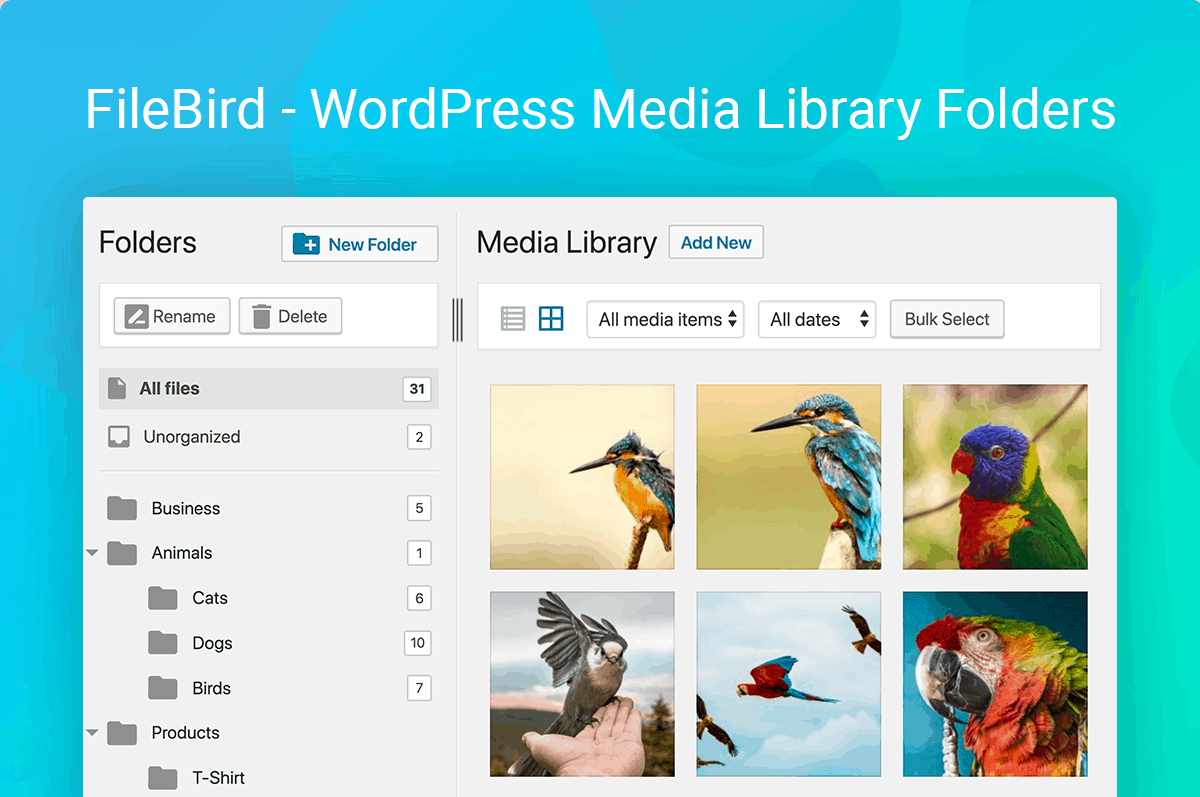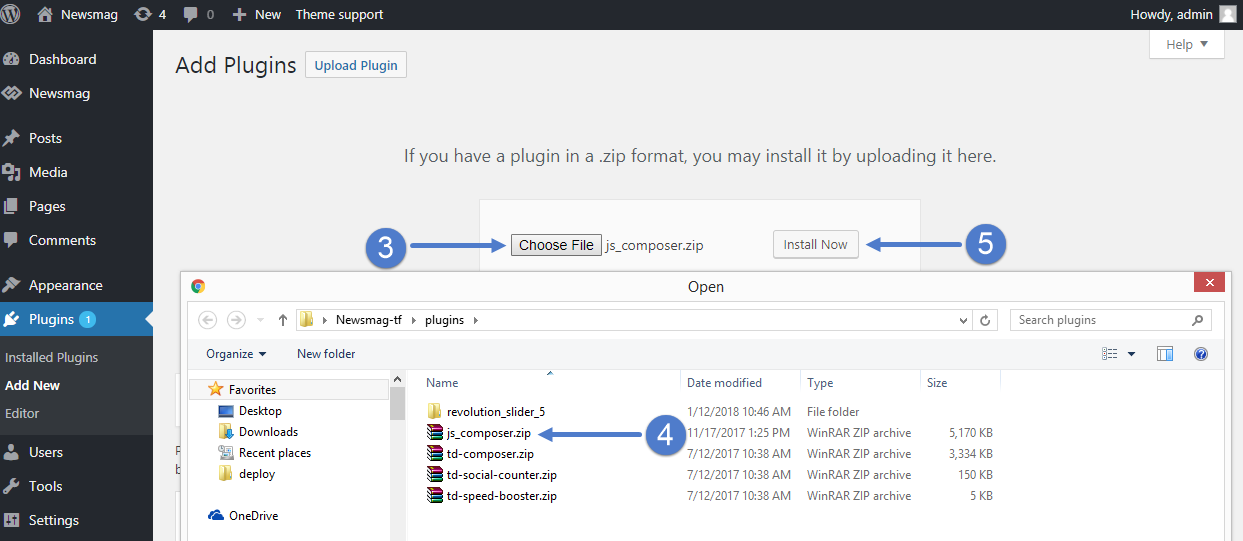

The common and recommended practices for creating custom 404 pages are: We've established it's important to have a custom 404 error page that takes your visitors back to the existing parts of the website. A good 404 page is more about creating a better experience for your target audience. In these cases, the likelihood of users leaving the site entirely and not returning is 88 percent higher – an indirect SEO factor. In the worst case, they don’t contain any redirects.

Most 404 errors don’t usually have a direct negative impact on the website's performance or ranking. At the same time, they won't confuse the single error with your entire website being down. This will lead "lost" visitors back to the home page or to relevant content. Check out our article on Internal linking and SEO with WordPress.Īnd finally, you should create a custom 404 page. This will help you better track any broken links, keep an overview of them and also optimize your website for search engines. Keep them short, use lowercase letters and describe where the links lead to. Also ask the owners of external link sources to change all broken links.Īnother tip is to use user-friendly URLs and s. Make sure that all internal links lead to the desired pages. See our tutorial on 301 and 302 redirects.Īnother option is to find broken links and repair them, i.e., replace them with the newly valid internal source. At RAIDBOXES you don't need an additional WordPress plugin for setting redirects and redirect rules. One way is through redirects –you redirect your visitors directly to target pages that match the content of the original request.




 0 kommentar(er)
0 kommentar(er)
